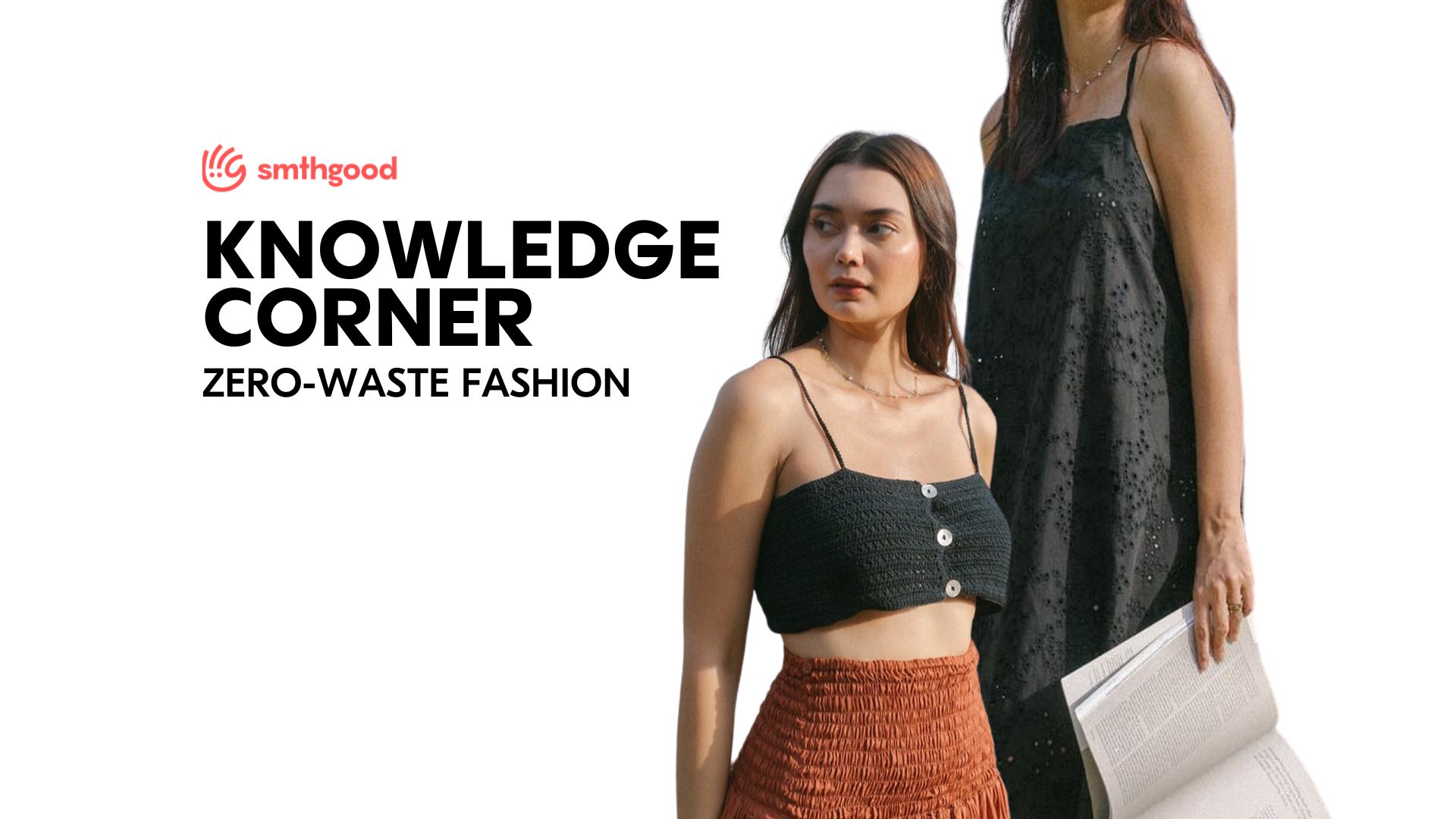What Is Zero-Waste Fashion?

Zero-waste fashion, also known as zero-waste design or sustainable fashion, is an innovative approach that aims to minimize the environmental impact of clothing production. This movement revolves around the efficient use of materials, ensuring that little to no fabric goes to waste during the manufacturing process.
There are several types of zero-waste fashion techniques employed by designers. One prominent method is pattern-making, where garments are crafted in a way that utilizes every inch of the fabric, leaving no scraps behind.
Another approach involves upcycling, transforming discarded or unused materials into new and stylish pieces. Brands are also embracing pre-consumer and post-consumer waste, incorporating recycled materials into their collections.
Transitioning from traditional fashion to zero-waste practices requires creativity and a commitment to sustainability. Designers are increasingly adopting these methods to create not only eco-friendly but also aesthetically pleasing clothing.
Advantages of Zero-Waste Fashion
- Environmental Stewardship: Zero-waste fashion significantly reduces textile waste, contributing to the overall reduction of environmental impact.
- Unique and Creative Designs: Designers embracing zero-waste techniques often create unique, one-of-a-kind pieces that stand out in the fashion landscape.
- Consumer Appeal: As awareness of environmental issues grows, consumers are increasingly drawn to brands that prioritize sustainability, boosting the market for zero-waste fashion.
- Resource Efficiency: By maximizing the use of materials, zero-waste fashion promotes resource efficiency and minimizes the need for new raw materials.
Disadvantages of Zero-Waste Fashion
- Higher Initial Costs: Implementing sustainable practices can involve higher upfront costs for designers and brands, especially for those transitioning from traditional manufacturing methods.
- Complex Sourcing: Finding and sourcing eco-friendly materials while ensuring fair labor practices can be challenging, adding complexity to the production process.
- Limited Mass Production: Zero-waste fashion, often characterized by intricate designs and utilization of unconventional materials, may face limitations when it comes to large-scale, mass production.
- Educational Barriers: Both consumers and designers may need education on the principles and techniques of zero-waste fashion, creating a potential barrier to widespread adoption.
Check out these examples for brands that are completely or partly following the zero-waste method – all available on the Smthgood App.
Dear Senggigi

Click HERE to find out more items and order.
Dear Senggigi is a local brand from Lombok that has represented style and quality since 2019. It specializes in women’s wear like beachwear or loungewear.
It is managed by women empowerment (Local tailors especially women) and the products use sustainable clothing materials such as TENCEL™, Lyocell fibers, zero-waste organic fabric, and even fabric scraps — that were created during the cutting process of our garment production. To minimize the production waste, the brand re-processed these fabric scraps and off-cuts into brand-new usable items.
____________________________________________________________________
Shop these wonderful sustainable & ethical brands on the Smthgood App.
The home of conscious fashion that is paired with a unique & gamified Lookbook Styling Tool.
Now available on the Google PlayStore & Apple AppStore.
Download now & earn double cashback coins on your first purchase.
For more articles, visit THE GOODNEWS for the latest fashion intel on conscious fashion!
For more information please visit www.smthgoodco.com
